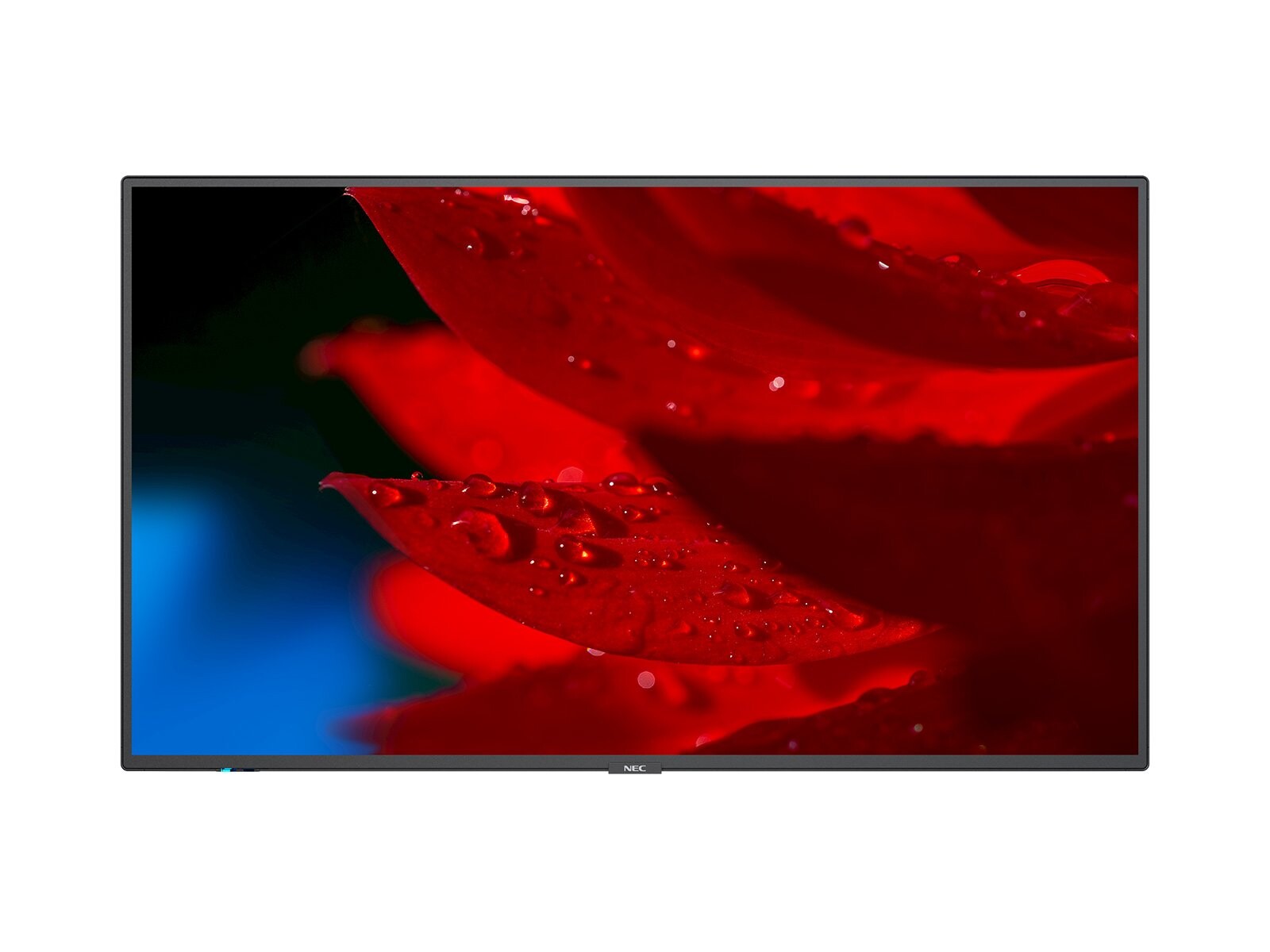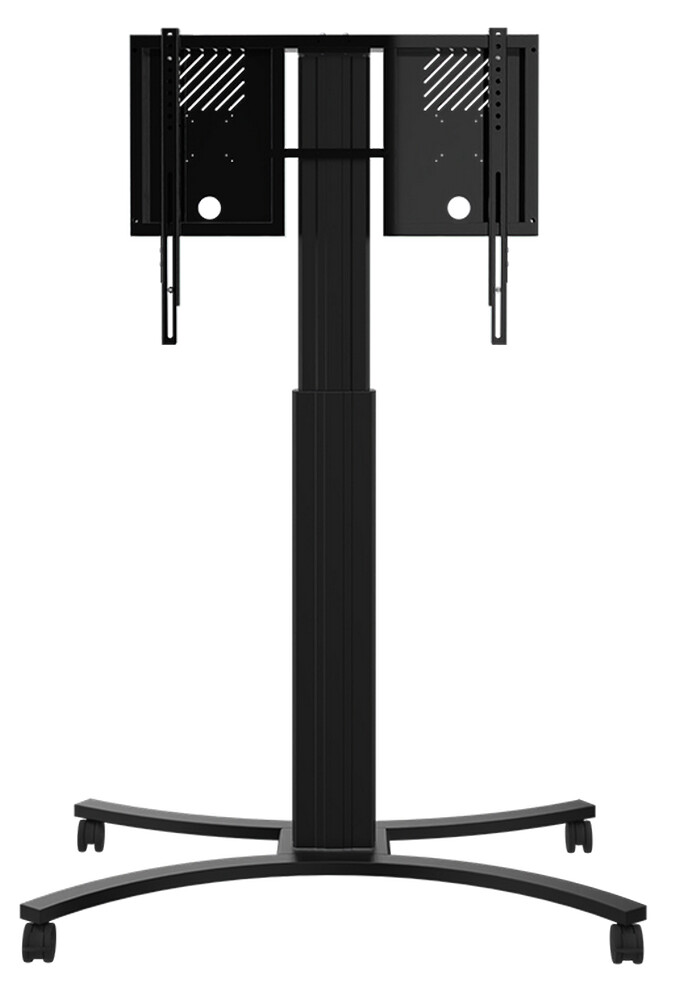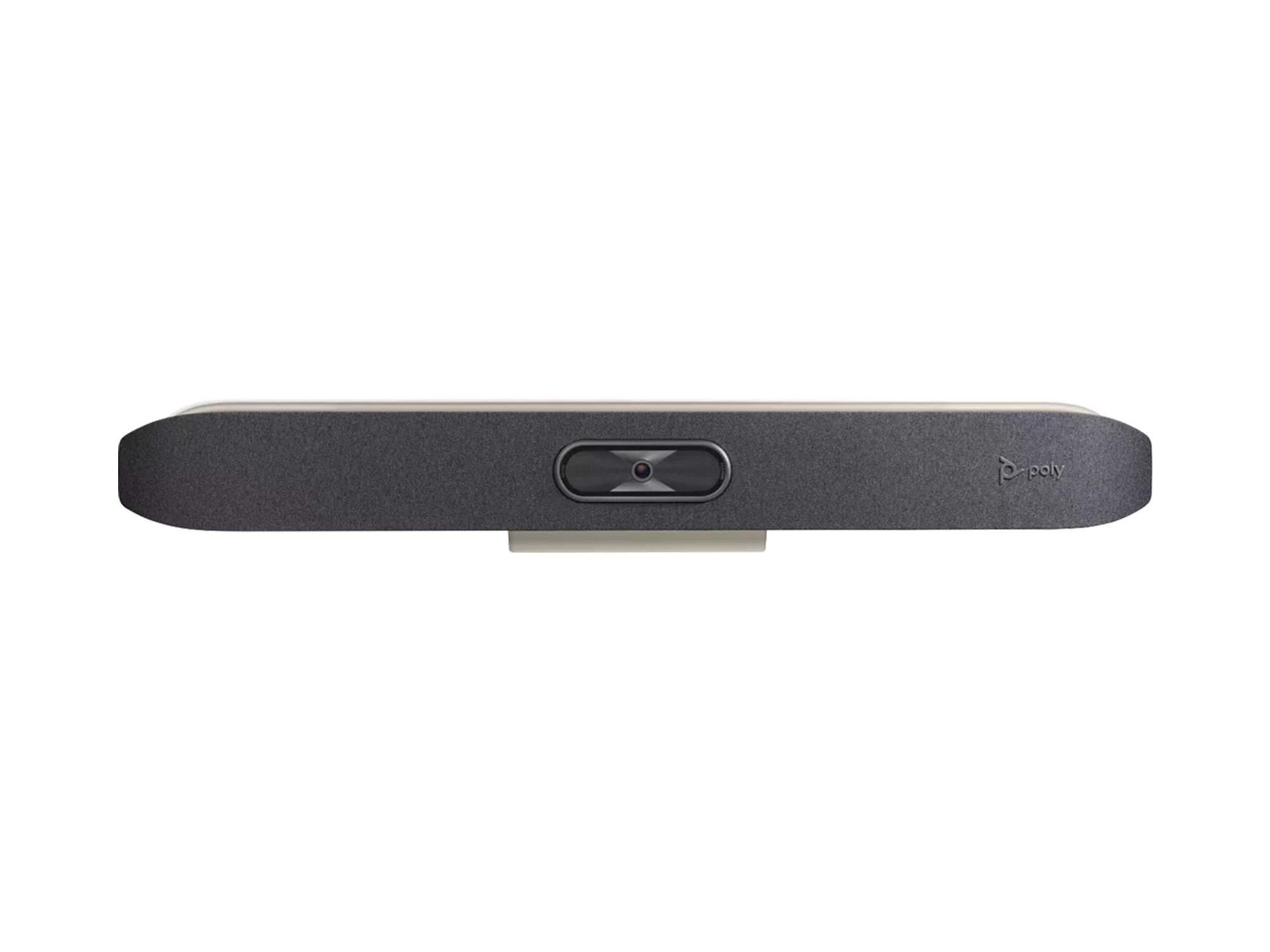







































£1,915.31*
£45.99
- Resolution 3840 x 2160 4K UHD
- Max. Brightness 700 cd/m²
- Panel type IPS
- Contrast Ratio 8,000 :1



Frequently purchased together
Product information
When it comes to precise picture reproduction withoutWithout compromise
when precise picture reproduction and reliablePrecise image reproduction and reliable availability around the clock (24/7), we recommendthe fifth generation of the NEC MultiSync® P-Series is recommendedP-Series with advanced features for best-in-class performance in demanding8K signal processing, an extended colour gamut and integrated NEC SpectrumAnd the integrated NEC SpectraView® engine for control of all opticaloptical parameters for unprecedented detail and colour accuracy.
The high screen brightness ofScreen brightness of 700 cd/m² in combination with a highHaze level guarantees perfect recognisability of the content without annoyingContent without annoying reflections. Despite its slim, elegant profilethe quality product, which has a metal housing for fire safety reasons, isrobust enough for use in public places. TheFeatures include a Sharp/NEC OMI (Open Modular Intelligence) plug-in module, scalablefrom Sharp/NEC, scalable computing power thanks to the Raspberry Pi Compute Module 4or the more powerful Intel® Smart Display Modules (Intel®SDM) for customised digital signage solutionsDigital signage solutions.
For the best picture reproduction inImage reproduction in control consoles and on production lines, forPassenger information and guidance systems for orientation: the NEC P-Series can be relied uponseries when it comes to safety, a long service life and the usability of the devicesThe devices.
Secure control via remote access - control yourremotely - control your devices from a remote location, andand rely on the secure use of NEC NaviSet Administrator 2Save time and resources during maintenance.
Excellent visibility - No reflectionsVisibility - No reflections from windows or other light sources and therefore noand therefore also a distortion-free display of digital signage content orPresentations in the conference room.
Hazard-freeUse in public - A back panel made of metal and intelligentManagement ensure safe use in public places where there is a risk offlammability is required.
Improved picture quality - advanced settings for all relevantPicture quality - advanced settings for all relevant optical parametersfor complete control of brightness, colour, gamma and uniformityusing SpectraView Engine.
For continuous operation (24/7) in demanding applicationsContinuous operation (24/7) in demanding application areas - carefully selected,components and the meticulous design are designed for use in demandingin demanding applications and provide the viewer with consistentlyconsistently outstanding images.
Technical data
| Name | NEC MultiSync P495 49" Display |
|---|---|
| Article number | 1000017727 |
| GTIN/EAN | 5028695119376 |
| Manufacturer SKU | 60005049 |
| EPREL ID | 424509 |
| Model name | MultiSync P495 |
| Brand | NEC |
| Product Type | Non-Touch Display |
| Technology | LCD |
| Panel type | IPS |
| Resolution | 3840 x 2160 4K UHD |
| Diagonal | 49" |
| Aspect Ratio | 16:9 |
| Viewing angle - Horizontal | 178° |
| Viewing angle - Vertical | 178° |
| Contrast Ratio | 8,000 :1 |
| Max. Brightness | 700 cd/m² |
| run-time | 24/7 |
| Response time | 8ms |
| Haze Level | 28% |
| Support - VESA | 300 x 300 |
| Frame width | 12 mm |
| Inputs | 1x 3,5mm Jack , 1x Ethernet , 1x USB-B , 2x Displayport , 2x HDMI , 2x USB-A |
| Product width | 110.34 cm |
| Product height | 63.62 cm |
| Product depth | 6.11 cm |
| Weight | 22.9 kg |
| Colour | Black |
| EEK Spectrum | A to G |
| Energy efficency class | G |
| Delivery contents | Batteries , HDMI Cable , Power cable , Quick user guide , Remote control |
| Condition | New |
| Warranty | 36 Month |
| Warranty type | Bringin service Service and support information |
Downloads
Product safety
| Person responsible for the EU |
|---|
| NEC Deutschland GmbH |
| Fritz-Vomfelde-Straße 14-16 |
| 40547 Düsseldorf |
| Germany |
| global@adv.jp.nec.com |





















